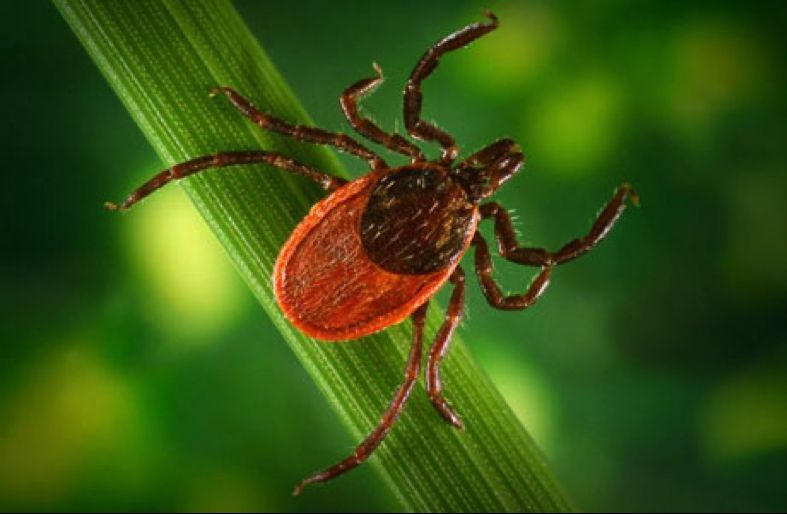So you’re out enjoying a beautiful, Manitoba summer evening with the family. It’s getting late, but the sun is still high and warm above the open horizon and the scent of barbequed steak wafts across the field. Brew in hand, you lounge lazily in a reclining lawn chair. Your eyes close and you breathe deeply, taking in this perfect moment.
A moment shattered by the cries of your 10-year-old, who has found a tick burrowing into his/her leg. Would you know what to do?
There are several common misconceptions with regard to proper tick removal methods. The following procedures, though relatively common, should NOT be used:
- Using your fingers to grip and pull the tick
- Attempting to “suffocate” the tick by any means
- Burning the tick
The Canadian Lyme Disease Foundation recommends three different tick-removal methods. They are:
- Using fine-pointed tweezers to grip the tick’s mouthparts
- The “Straw and Knot” method
- Intradermal blister (performed by a doctor)
Details of these methods are listed at the following link:
http://canlyme.com/lyme-basics/tick-removal/
Now that we’ve covered the basics, how familiar are you with the different types of ticks we have here in the prairies? First, we have your common Dog (Wood) Tick, which typically does not transmit Lyme disease. The second type is the Blacklegged (Deer) Tick, which does transmit Lyme Disease. Here is a visual comparison, with the Deer Tick shown on the top row:
As you can see, adult Wood Ticks are generally larger and have white markings on their backs, while Deer Ticks tend to be smaller with either red/brown or uniformly brown colouring. Exposure is most likely to occur between the months of April and November.
For more information, please visit our following sources:
Manitoba Government http://www.gov.mb.ca/health/lyme/
CanLyme http://canlyme.com
Image Source: https://myhealth.alberta.ca/health/aftercareinformation/_layouts/15/healthwise/media/medical/hw/h9991148.jpg


